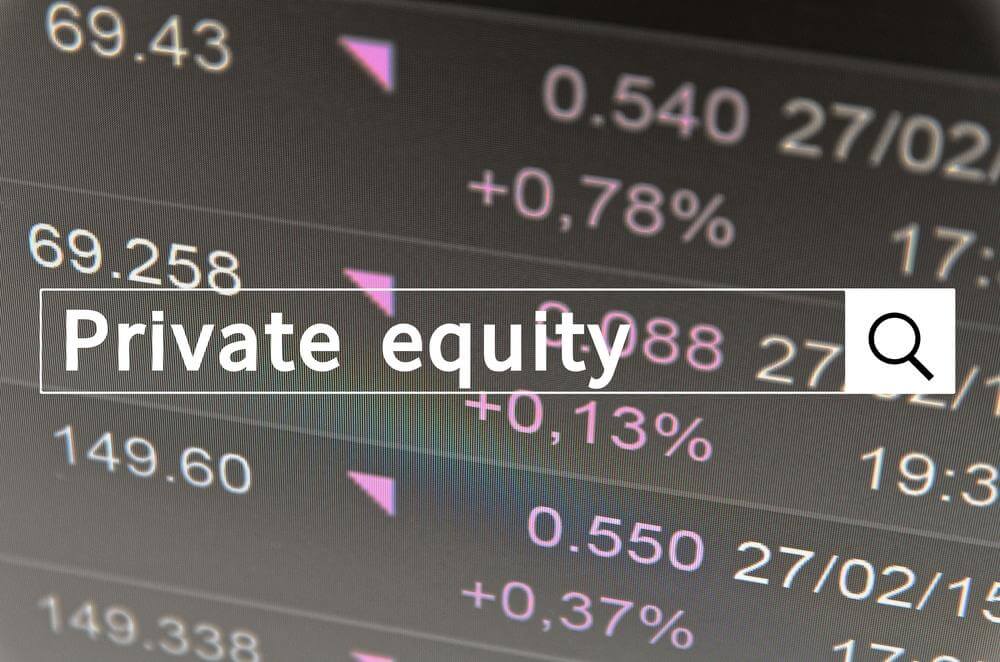• Over a third (34%) of investors with more than £100,000 in investments would invest in the UK’s SMEs but do not have the knowledge to do so – equating to £126 billion in untapped private investment finance
• Of those who intend to invest between £100,001 and £250,000, 64% would consider using the Enterprise Investment Scheme (EIS)
• Just 9% of UK investors said they would consider investing in SMEs and have the knowledge to do so
• The £1 billion funding gap affecting Britain’s scaling SMEs that David Cameron has previously acknowledged was not directly addressed in 2016 Spring Budget
• Investor sentiment towards private equity investment is resoundingly positive: more than half (54%) of UK taxpayers with an investment value over £40,000 would consider investing through the EIS for the 2016/17 financial year
• Investor sentiment towards small and medium enterprises is high, with 71% of investors with over £40,000 worth of investments saying they are confident in the growth capabilities of UK SMEs
Over a third (34%) of the UK’s serious investors – with more than £100,000 in investments – would invest in SMEs but do not have the knowledge to do so. This equates to £126 billion in untapped private investment funds. The lack of awareness is despite the fact that 71% of private investors with over £40,000 worth of investments feel confident in the growth capabilities of UK SMEs and 54% are looking to the Enterprise Investment Scheme (EIS) for the new tax year.
Research launched today by private equity firm IW Capital across 2,000 UK adults and investors reveals that billions in vital development finance is left inactive due to a lack of investor knowledge. This is despite David Cameron’s 2015 pledge to fill a £1 billion funding gap that is preventing the growth of UK SMEs, fuelled in part by institutional lending reducing at a rate of £5.7 million a day. Osborne’s latest Spring Budget focused heavily on the micro-businesses of Britain’s private sector, but did not do enough to educate high-net-worth individuals as to how they can invest in upscaling SMEs.
Given the high levels of confidence and subsequent intentions ahead of the imminent new tax year on April 6th, the research further analysed investor sentiment towards one of the last private equity initiatives supporting SMEs – EIS – with 64% of investors who intend to invest between £100,001 and £250,000 looking to this scheme for their investment plans. Over of half (54%) of investors with over £40,000 in portfolio size (not including their mortgage or pensionable assets) will do so imminently for the 2016/17 financial year.
In his eighth Budget under Conservative power, Osborne addressed the nation with a directed agenda for business, aimed at “lighting the fires of enterprise”. That said, little was announced to specifically address a finance deficit – billed by Cameron as a “valley of death” funding gap – crippling UK SMEs who are faced with transitioning from fledgling start-up into thriving mid-size enterprise. With the majority (55%) of small and medium-sized enterprises failing to survive more than five years, today’s research unveils a vast pool of available investment finance left untapped, despite investor sentiment indicating high levels of confidence and financial intention in support of UK SMEs.
When analysing the sentiments of the 2,000-strong national sample further, Osborne’s Spring Budget is particularly pertinent. Predominantly addressing mid-earner taxation – with those earning under £45,000 removed from the higher rate tax threshold – those who do fall into the higher and additional rates of payment were relatively overlooked. Accounting for 16% of the UK taxpayer population, this high-earner group contributes a disproportionate 67% of the country’s income tax bill. IW Capital’s nationally representative research examines just how much income tax the UK’s high-earners pay in comparison to the national average, with a focus on specific investor sentiment towards one of the last remaining tax relief initiatives – EIS. The research was also commissioned to establish investors’ 2016/17 tax planning agenda, and is supported by qualitative insights from Sarah Wadham, the Director General of the EIS Association.
The Taxpayer Sentiment Report 2016, based on an independent survey of over 2,000 UK adults, reveals:
• The average amount of income tax paid in the UK in the 2014/15 tax year
• How much more income tax is paid by Britain’s serious investors
• The sentiment UK investors hold towards EIS
• The monetary amount – over the next ten years – investors intend to work with
The key findings include:
• Over a third (34%) of investors with more than £100,000 in investments would invest in the UK’s SMEs but do not have the knowledge to do so – equating to £126 billion in untapped private investment finance
• Of those who intend to invest between £100,001 and £250,000 over the next ten years, 64% would consider using the EIS
• Fewer than one in ten (9%) British investors who would consider SMEs as an investment option have the knowledge to act on their intentions
• The £1 billion funding gap affecting Britain’s scaling SMEs that David Cameron has previously acknowledged was not directly addressed in 2016 Spring Budget
• Investor sentiment towards SMEs is high with 71% of investors with over £40,000 worth of investments saying they are confident in SMEs to drive economic growth
• Investor sentiment towards private equity investment is resoundingly positive: more than half (54%) of UK taxpayers with an investment value over £40,000 would consider investing through EIS for the 2016/17 financial year
• The average income tax bill for the 788,000 people in the UK who earn over £100,000 – the top 2.7% of the British taxpayer population – is £81,700
• Investors with over £40,000 worth of investments pay an average £26,058 in income tax – more than four times the national average
• Of those Britons who currently have investments, £81,950 is the average ideal investment size over the next ten years
• Two thirds (66%) of respondents whose ideal investment size over the next ten years is between £42,001 and £100,000 would consider EIS
• On average, investors who currently have more than £100,000 worth of investments said their ideal investment size over the next ten years is £210,468
• A higher proportion of males compared to females would consider EIS (60% vs. 44%)
• The youngest age group is more likely to consider the investment scheme compared to the older age group (91% of 18 to 34s vs. 28% of 55+)
• Over four-fifths (84%) of Londoners would consider the scheme
Sarah Wadham said: “It is great to see many investors considering EIS, but it is important they act on these intentions. There are very few legitimate ways you can mitigate income tax while investing in exciting businesses, but investors should be aware that EIS is a legitimate, government-sponsored form of tax planning. Schemes such as EIS are extremely important and contribute a huge amount to the economy – they need to be protected and looked after.”
In response to the research, CEO of IW Capital Luke Davis, said: “Despite containing some positives for business, the 2016 Spring Budget failed to adequately address the critical issue of development funding for Britain’s upscaling businesses. Our research shows that investors are confident in the growth capabilities of UK SMEs and are considering investment through EIS, but many do not know how to execute these plans. The result is a huge pool of untapped potential investment funds. I was disappointed at the lack of policy supporting alternative finance, especially in light of its vital contribution to economic recovery.
“Today’s research reiterates the importance for service providers and government to raise awareness, education and accessibility around the EIS. The investor intentions revealed are encouraging, however the infrastructure needs to be in place – both in regard to taxation and access to finance – for this to manifest into tangible support for Britain’s rising enterprise and long-term economic prosperity.”























